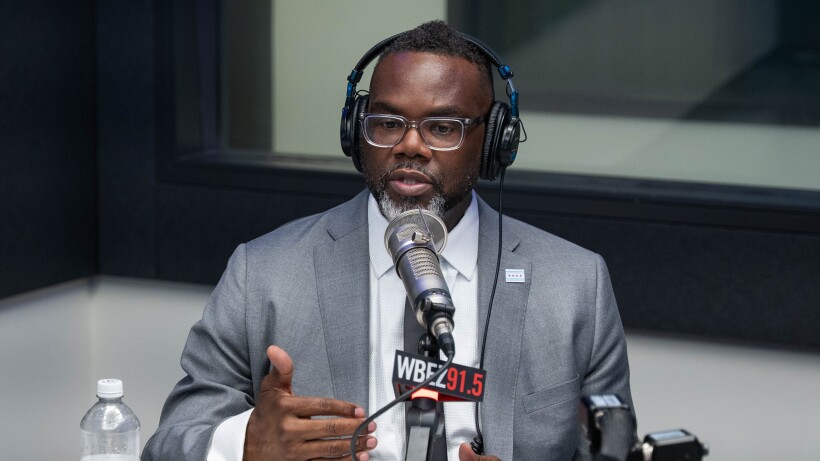New FEMA Chief Sparks Controversy Over Spending Cuts and Policies

In a significant shift within the Federal Emergency Management Agency (FEMA), Karen Evans has taken the helm as its new administrator, following a tenure marked by strict funding oversight and contentious policies. Appointed by Donald Trump during his second term, Evans’ leadership style has sparked debate over its impact on disaster preparedness and recovery across the United States.
Reinforcing Control and Cutting Costs
Evans, who previously served as a senior adviser at the Department of Homeland Security (DHS), was brought in with a clear mandate: tighten control over FEMA and manage its budget more stringently. Sources indicate she quickly earned the nickname “the terminator,” reflecting her aggressive approach to terminating grants and contracts that did not align with the administration’s priorities. “Her intent was just to put out the least amount of money possible,” said a former senior official familiar with her work.
Critics argue that this approach has hindered FEMA’s ability to provide timely assistance to communities affected by disasters. A senior FEMA official expressed concerns about the extensive review process for funding requests, stating that staff were compelled to phrase proposals in overly cautious terms to avoid appearing confrontational. As a result, vital aid often faced delays, with reports indicating that as of September 2023, hundreds of millions of dollars in FEMA funds remained awaiting approval.
Controversial Policies and Internal Strife
Evans’ leadership has not only been characterized by fiscal restraint but has also been marred by allegations of discrimination. According to multiple sources, she was instrumental in efforts to strip security funding from Muslim organizations, suggesting that these groups be disqualified from receiving grants intended for enhancing security at places of worship. “There was a real effort by Karen to put Muslim organizations in the light of being terrorists,” stated one official, highlighting the troubling implications of these actions.
These controversies have contributed to a toxic work environment within FEMA, with reports of Evans clashing with senior officials. “I’ve been in meetings where she just completely dressed down senior executives,” one long-serving FEMA official noted, emphasizing the fear and tension that characterize the agency under her leadership.
Despite her limited experience in emergency management, Evans has ascended rapidly through the ranks. Following a series of high-profile firings, including those of IT staff after a cybersecurity breach, she was promoted to chief of staff and ultimately appointed to lead the agency. Her appointment coincides with ongoing discussions about FEMA’s future within DHS, as Secretary Kristi Noem has publicly criticized the agency and advocated for a significant restructuring.
The debate surrounding FEMA’s role is intensifying, especially as lawmakers consider bipartisan proposals to make the agency independent from DHS. While some officials within FEMA believe that such changes could enhance its efficacy, Noem’s administration is pushing to maintain control, complicating the agency’s operational landscape.
As Evans steps into her new role, she faces the challenge of navigating these turbulent waters while addressing long-standing issues of funding and agency efficiency. Observers note that her close alignment with DHS leadership, including Corey Lewandowski, positions her as a figure tasked with executing their vision, rather than a traditional leader focused on emergency management.
The path forward for FEMA remains uncertain, with many watching closely as the agency grapples with its identity and responsibilities in the context of national disaster response. Evans’ controversial tactics and the ongoing scrutiny of her leadership will likely shape the agency’s direction in the months to come.






